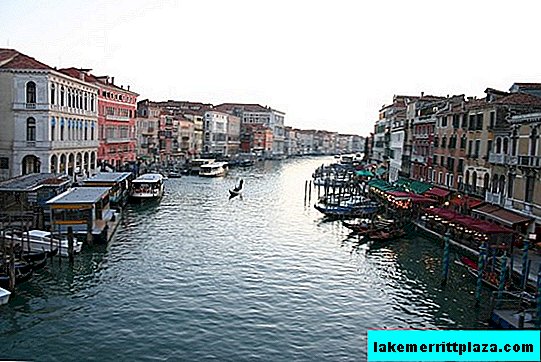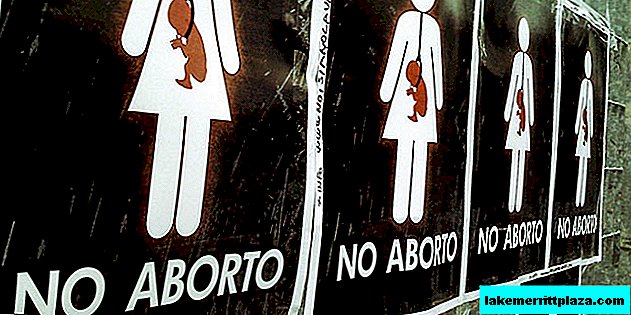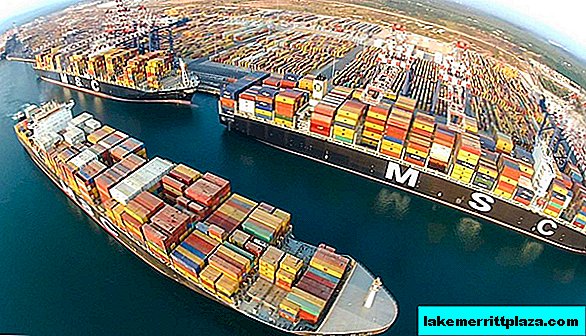Italy, the queen of healthy food, suddenly was left “with nothing” and did not take prizes in the quality of food for residents. In the world ranking of food style, compiled by Oxfam from 125 countries, Italy was only in eighth place.
Oxfam, an international poverty alleviation organization, compared 125 countries around the world in terms of nutritional status. On the basis of the data obtained, a unique slice diagram was compiled, called the “Good Enough to Eat Index”.
The index was calculated on the basis of four main indicators: the availability of food, the presence of a healthy diet, the quality and quantity of normal foods.
The resulting picture can really surprise product lovers "Made in Italy". In fact, it highlights the problems of many countries in the field of healthy nutrition, while missing out on some issues of a more global nature.

In the ranking, the main emphasis is not so much on the quality of the products produced, but on whether people get enough food, whether they can afford it, what and how much the formed diet influences.
For these indicators at the head of the list were Netherlandstaking its place thanks to affordable food prices, a low percentage of people with diabetes and a wide variety of food. Followed by France, Switzerland and other European countries, occupying the vast majority of positions in the top twenty and leaving behind USA, Japan, New Zealand and Brazil. Predictably complete the classification of African countries. Together with them in the last thirty were Laos, Bangladesh, Pakistan and India.
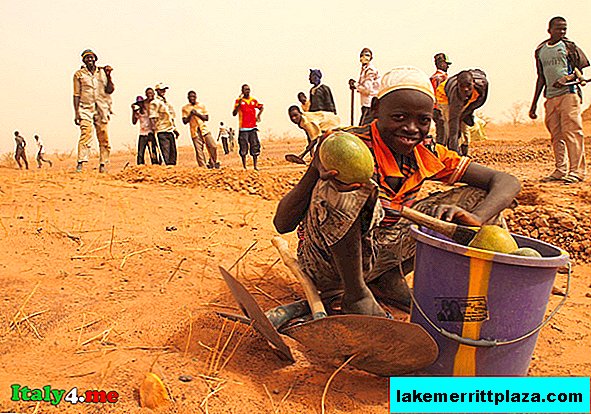
The worst situation was in Chad, where there is a clear lack of food, unsanitary conditions and a very high cost of food (two and a half times higher than the cost of other consumer goods).
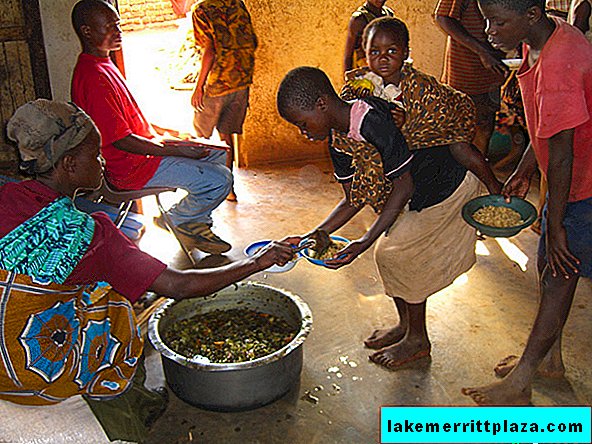
According to Oxfam researchers, the growing food problem on a global scale was not so much the food shortage as the difficulty in acquiring it.
Often, buyers are practically forced to purchase products at a reduced price - and thereby consume food of not the best quality and with fewer nutrients.
On the other hand, in poor third world countries, the cost of food is often such that people have to spend up to 75% of their income on food.

It is with this indicator that Italy is only in eighth place in the ranking, after Austria, Denmark, Sweden and Belgium, at the same level as Ireland and Portugal. So the situation was commented by Eliza Bacciotti, director of the regional division of Oxfam in Italy:
"Italy could come first, but in our country an increasing number of people are working hard to eat normally: in general, the cost of living in the country is high for Italians with an average income. "Proportionally, they spend more on food than residents of other countries, and at the same time have less opportunity to buy good products at an affordable price."

